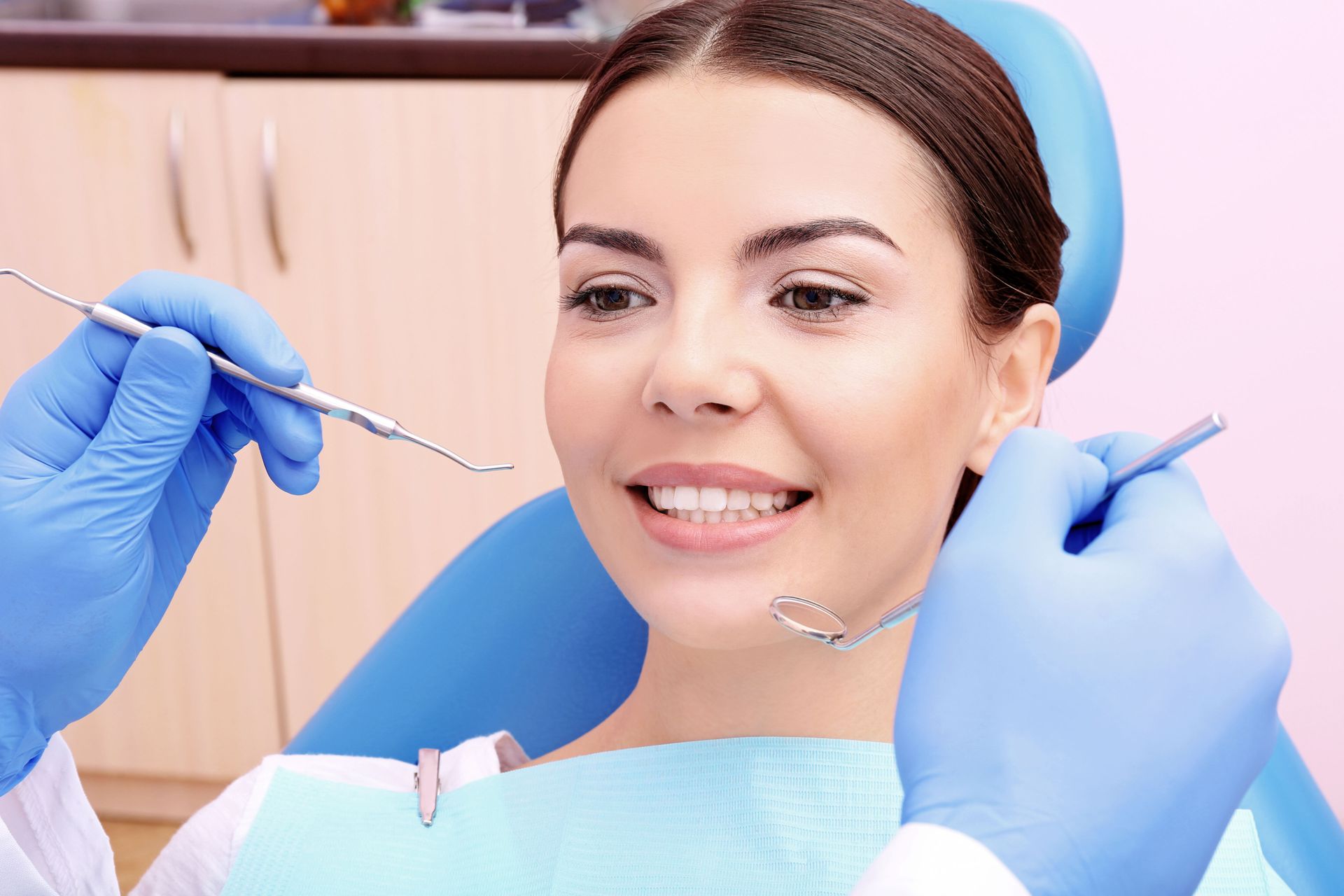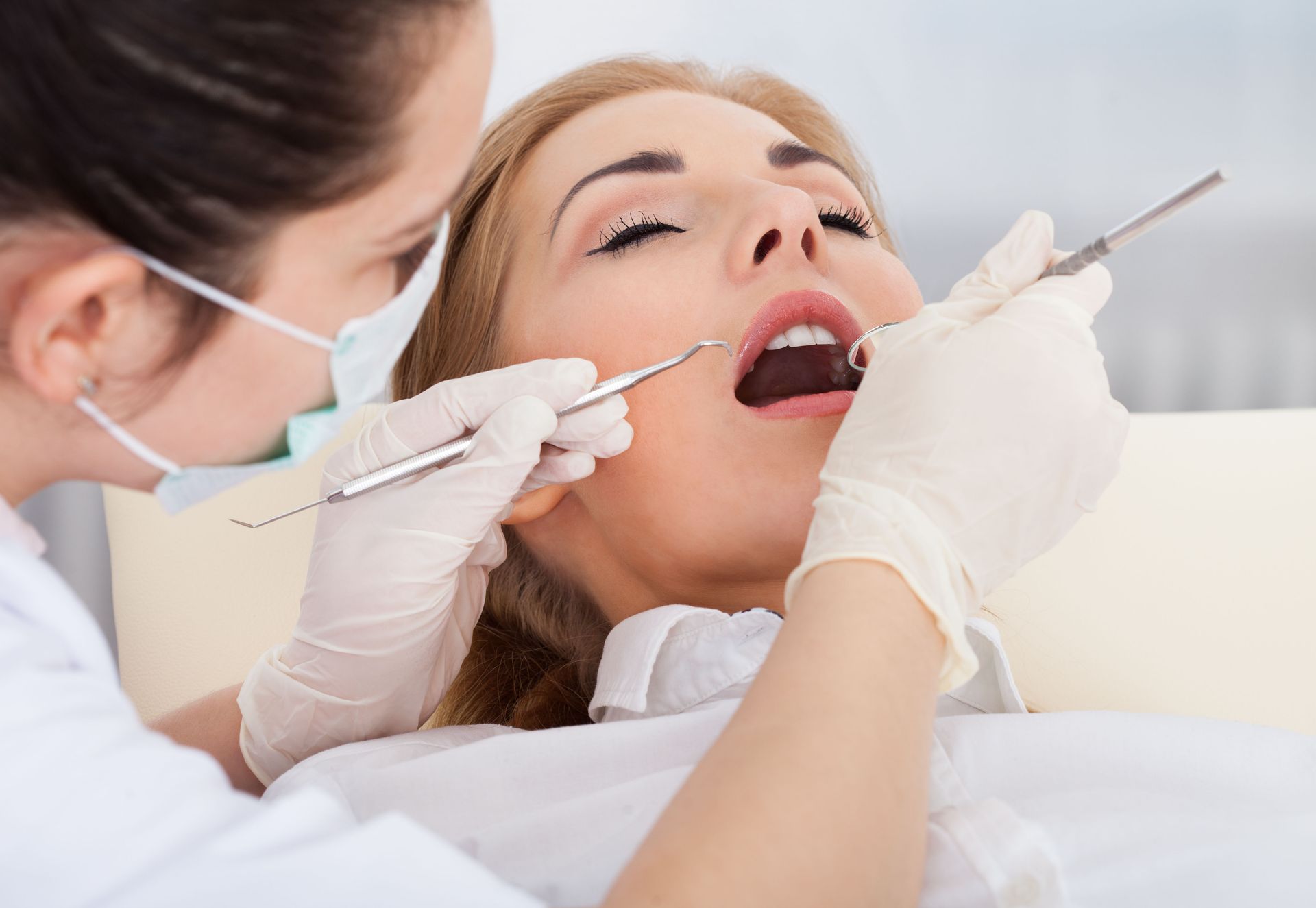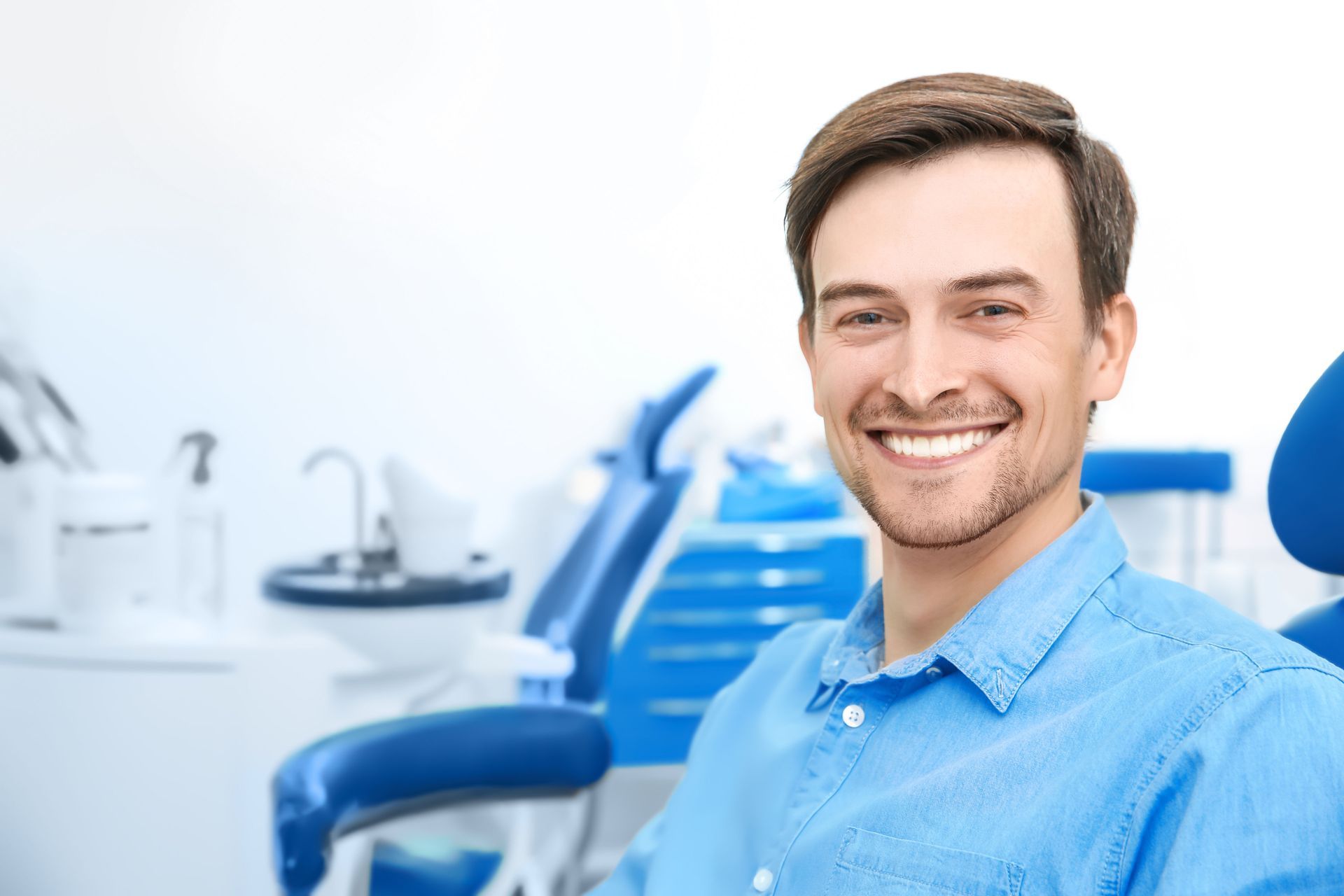What's the Best Way to Brush Your Teeth?
Brushing your teeth is a relatively simple task. It takes roughly four minutes of your day — two in the morning and two at night. However, the proper technique eludes many people. If you're wondering how you can improve the way you brush your teeth, keep reading to learn about the best tools and techniques for this simple daily task.
It's All About the Angle
If you follow the recommendation of the American Dental Association (ADA), you should put your toothbrush head at a 45-degree angle to the gum line. That allows you to get plaque off and keep it from building up. Those who practice general dentistry typically recommend the same technique. According to the ADA, brushing at a 45-degree angle allows you to remove plaque from above and below the gingival margin, protecting your gums and teeth.
Electric Brushes Have Come a Long Way
For many decades, the manual toothbrush was the only option on the market. More recently, electric toothbrushes were made available. At first, they were high-end items that cost a lot of money. Eventually, well-known manufacturers began producing electric brushes that were as inexpensive as $10, leading more people to use them.
There are several advantages to electric toothbrushes. Their bristles spin very rapidly and can usually do a much better job of cleaning than manual toothbrushes. You can just let the brush glide over your teeth rather than have to worry about brushing too hard and possibly irritating your gums and damaging the enamel. If you use an electric toothbrush, be sure to ask your dentist for brushing advice during your next checkup.
It Takes Just Two Minutes
As mentioned before, you don't have to brush your teeth for a long time. Typically, spending 30 seconds on each quadrant of your mouth is enough. You have four quadrants, so that adds up to 120 seconds. Be sure to be diligent with each quadrant. A lot of electric toothbrushes have timers that beep every 30 seconds to let you know that you should switch to another part of your mouth.
Oral hygiene is something that a lot of people rush through. Just know that spending five minutes a day — two in the morning, two at night, and one for flossing — is the best way to keep up with your oral health. Don't neglect to floss: it can get rid of food particles that are lodged between your teeth and gums, preventing cavity formation between your teeth.
As anyone who works in
general dentistry will tell you, the best way to brush your teeth doesn't have to be complicated. If you want to know more about brushing your teeth and maintaining your oral health, contact Sylvan S. Stern, DDS PLC today! We look forward to hearing from you.











Share On: